From May 1940 to March 1954, the Royal Air Force (RAF) had a functional presence in the self-governing British colony in Africa, Southern Rhodesia. As part of the Empire Air Training Scheme, the Rhodesian Air Training Group (RATG) was activated for the training of RAF and Royal Air Force Volunteer Reserve (RAFVR) pilot cadets, navigators, air observers and air gunners. Elementary flying instruction would be given on de Havilland DH.82 Tiger Moth trainers—shipped from Britain—by RAF instructors, with a large percentage of them RAFVR sergeants.
The training scheme was officially activated on 23 January 1940, at the established RAF Cranborne Air Station (formerly Hillside) in suburban Salisbury, with the establishment of No. 20 Service Flying Training School (SFTS). The instructors had at their disposal four serviceable Hawker Hart biplanes, an Audax (Hart variant) awaiting rebuilding, eight training aircraft (de Havilland Tiger Moths and others), one Tiger Moth undergoing repair and two Hornet Moths available for transport and training. The Communications Squadron had six de Havilland (DH) Dragon Rapides and three DH.85 Leopard Moth monoplanes.
Almost all of the trainees would come from Britain, with a small number accepted locally, and from the Hellenic, Royal Australian and South African air forces. Pupil pilots attended lectures on the theory of flight, aircraft engines and elementary navigation, and shown how to communicate in Morse code with a lamp. Solo flying would be introduced once a certain level of competence had been achieved, interspersed with in-flight instruction and night flying by instrument. The Elementary Flying Training School (EFTS) phase culminated in course examinations.
Successful candidates were then posted either to the Post Initial Training Wing Pool or to an EFTS. About one third of those who did not pass—an average of 6 percent—were accepted into No. 24 Combined Air Observers School (CAOS) for air-gunner training. The remainder were given trade training to be absorbed into the RATG, or were repatriated to the UK or posted to the Middle East.
Each EFTS intake comprised 320 pupils: 50 from Post Initial Training Wing (ITW) Pool and 270 directly from the ITW secondary course. The RATG set as a target 80 hours flying time at EFTS level per phase, and 160 hours at a Service Flying Training School (SFTS).
By 1941, the RATG programme had, at its disposal, 295 DH Tiger Moths at EFTS, 217 Airspeed Oxfords and 222 North American Harvards at SFTS, and 33 Airspeed Oxfords, 19 Fairey Battles and 19 Avro Ansons at CAOS. In addition, there was a DH.87 Hornet Moth, a DH.85 Leopard Moth, a DH Rapide, two Gloster Gauntlets, a Hawker Hart and a Percival Vega Gull, the latter for the communications squadron. Today, in Zimbabwe (formerly Southern Rhodesia), the Commonwealth War Graves Commission (CWGC) maintains the graves of 446 trainees who lost their lives during the RATG programme. These cemeteries are in Harare (Salisbury), Bulawayo and Gweru (Gwelo). These fatalities were almost entirely due to air crashes and collisions. Of this number, 317 (71 per cent) were RAF and RAFVR personnel. Typical of wartime recruitment, 70 per cent of aircrew fatalities were aged 26 and under, with four only 18 years old.

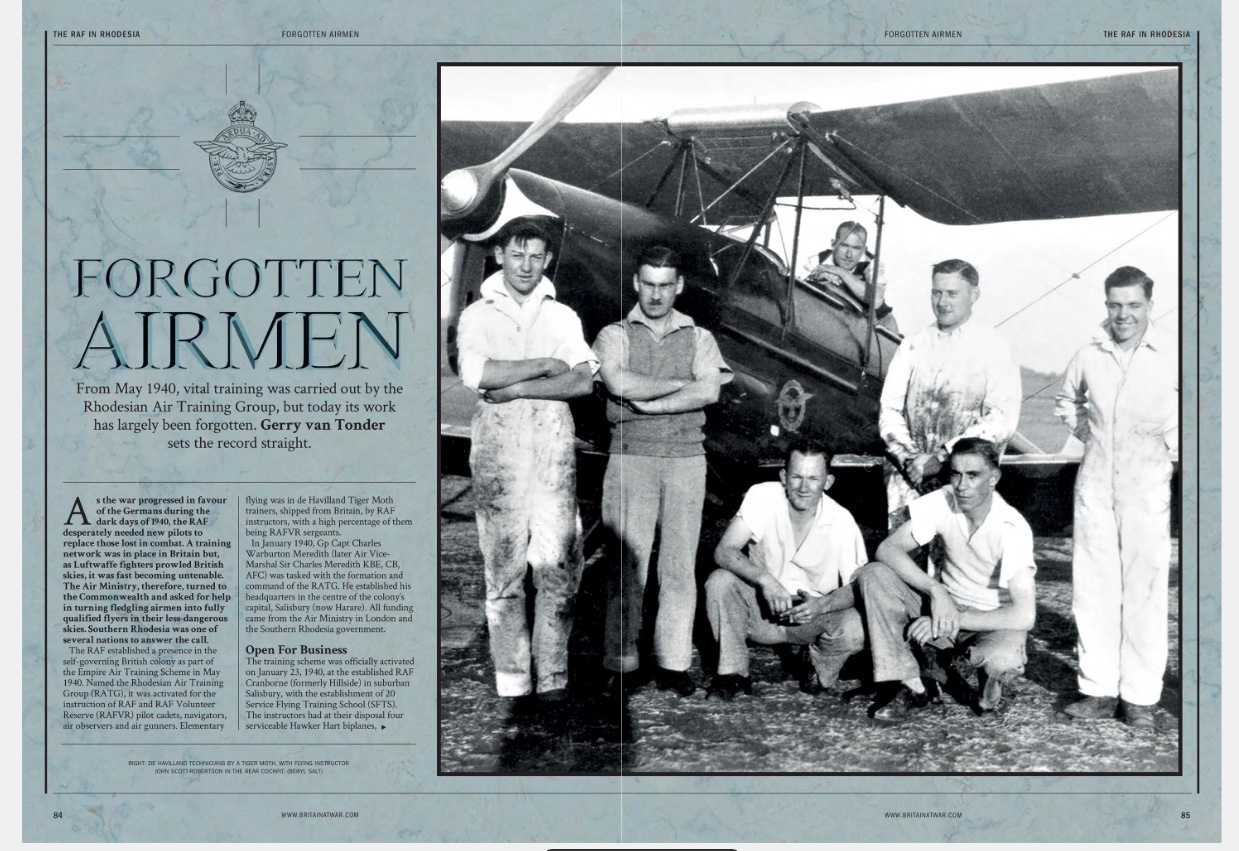
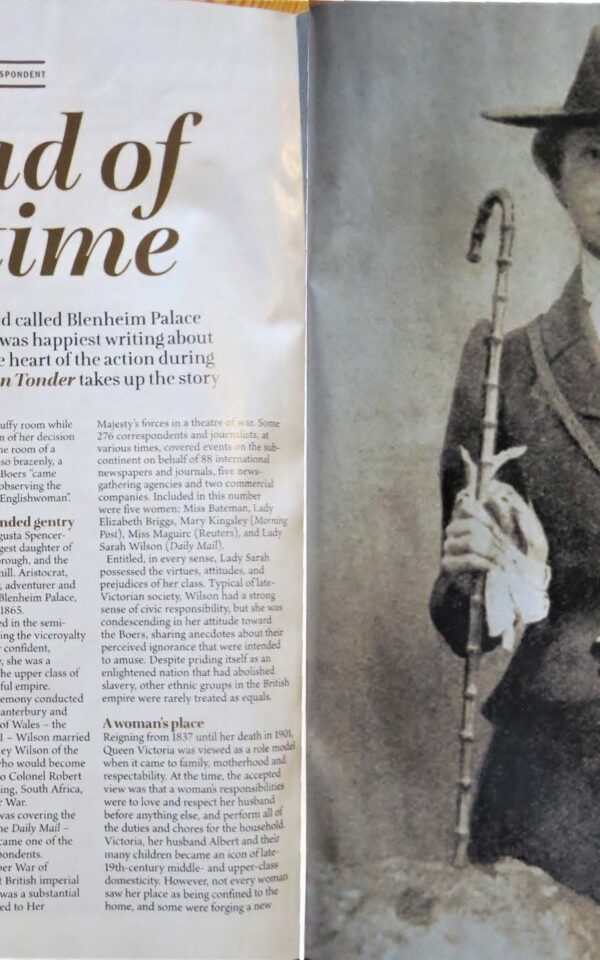
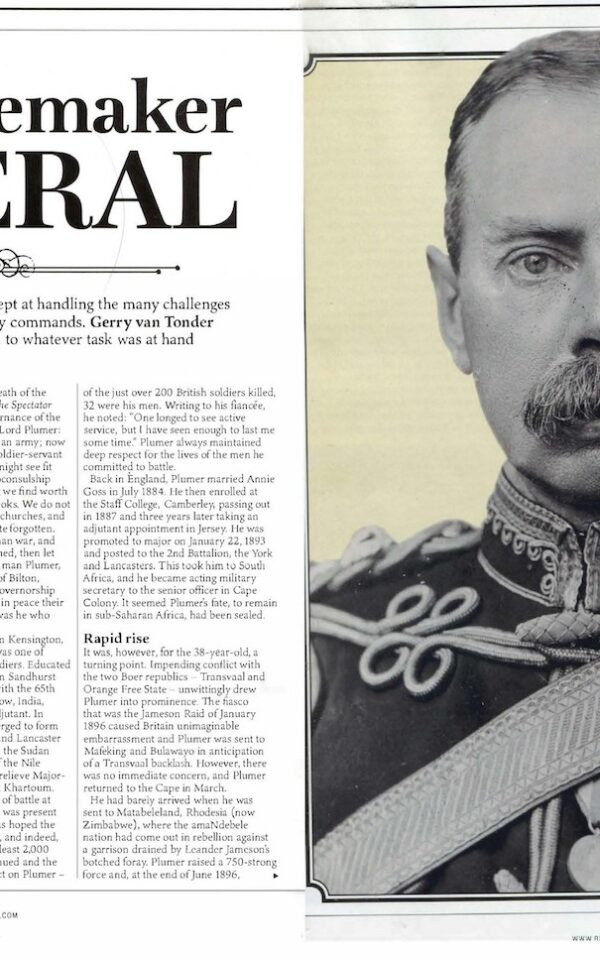
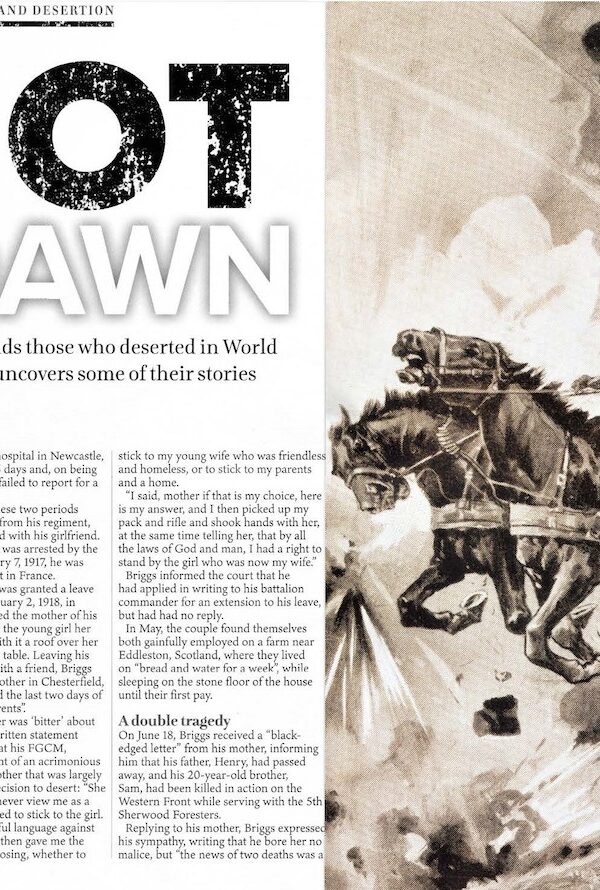
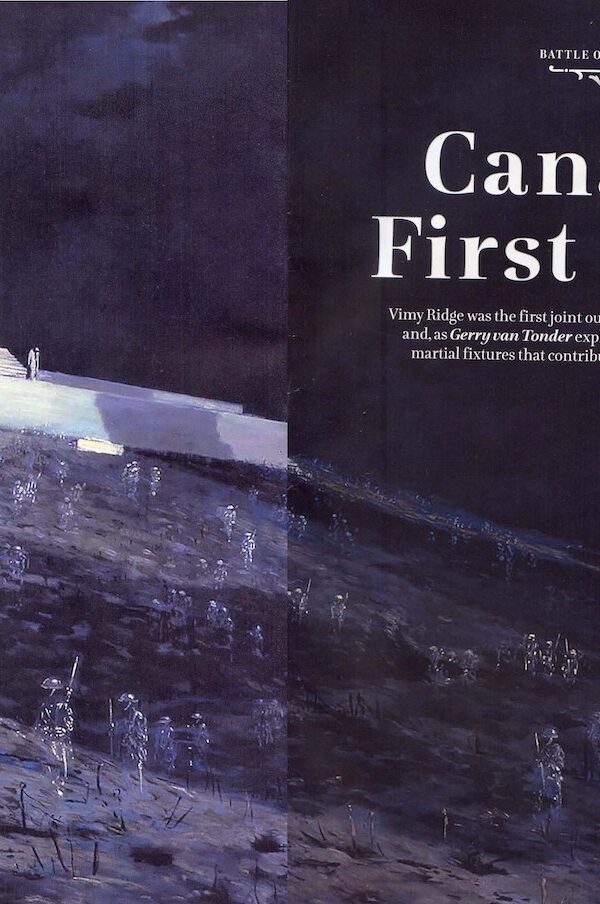
Reviews
There are no reviews yet.